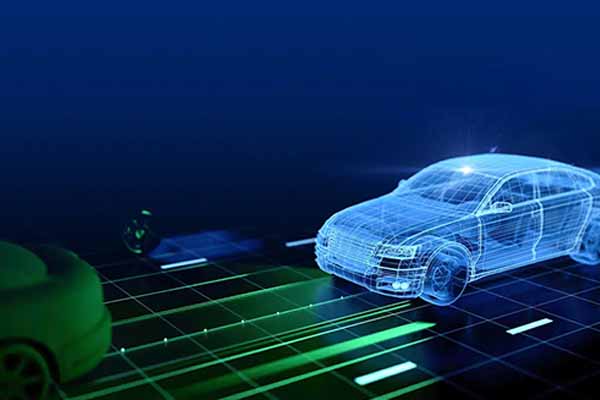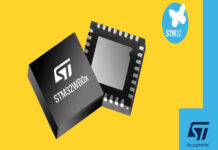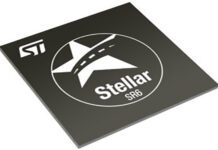Advanced Driver Assistance Technologies (ADAS) are safety systems created to eliminate human mistakes while driving. ADAS systems use cutting-edge technology to assist drivers while driving and enhance their performance.
ADAS warns the driver of potential risks or even intervenes to prevent an accident. Vehicles with ADAS can sense their surroundings, process this data quickly and correctly in a computer system, and then provide the driver with the appropriate output.
The Market Worth of advanced driver assistance systems in 2021 was USD 23.44 billion and will be worth USD 75.23 billion by 2030, growing at a 13.83% CAGR during the forecast period. The Blindspot detection system monitors the detection zone for relevant items using radar sensors installed on the side of the cabin.
Theory and operation
Radar or cameras can be used in blindspot detection systems; some systems even use both. The radiowaves that the radar sensors emit bounce off the objects and are picked up by the sensor. The rear bumper is where the sensors are located. Cameras will be positioned on the side mirrors or the A-pillar in camera systems. A computer processes the camera’s image to classify the object. To make a more precise classification, some systems combine radar and video sensors.
This data is analyzed to determine whether the object in the blind spot is a car, a guard rail, or a person. The more information the camera and radar provide, the fewer false alarms.
The blindspot sensors can also be utilized to detect cross-traffic. These devices expand the detection range of radar sensors to detect vehicles in reverse.
Inputs
Radar sensors can detect anything up to 20 feet behind the car, starting at the back of the front doors. Some sensors used for cross-traffic detection can have a range of up to 230 feet. Most radar sensors interact with a module after internally processing the signals.
A “fisheye” lens is a feature of cameras. Cameras are capable of capturing images both during the day and at night. A camera module processes the system’s photos to identify whether they are headlights, road spray, or snow.
Cameras and radar sensors are often placed in high-impact areas. Radar sensors are frequently hidden behind or attached to the rear bumper cover. These are some of the most vulnerable locations to damage.
Vehicle speed is critical information for radar and camera sensors. The car must be moving for the blind spot detection sensors to function. Most automobiles travel at roughly 5 mph. As the speed of the vehicle rises, so does the way the system interprets the sensor information.
GM vehicles will also use GPS to regulate the radar components of the system. For instance, blind spot detection will stop working if a car enters the Radio Astronomy Zone or National Radio Quiet Zone in Maryland, Virginia, or West Virginia. There is extremely minimal background radio interference in these zones. The zones have uses in astronomy and warfare.
Outputs
To notify the driver of objects in blind areas, each system employs warning lights in the sideview mirror glass. Some vehiles will emit audible warnings. Most vehicles’ entertainment systems are utilized to inform the driver of things in the driver’s blind zones. A seat shaker or steering wheel may be used in some cars to alert the driver.
False warnings were a problem with early blindspot detecting devices. Many drivers lost patience with the systems and disabled them or reduced their sensitivity. More sophisticated systems use radar sensors, cameras, and data from systems like lane departure. False alarm rates have dropped as a result of increased data and quicker computer processors.
Calibration
The majority of radar sensors have a self-calibration or dynamic calibration procedure. Some of these calibration techniques necessitate the placement of target mats on the floor next to the vehicle. A scan tool will be necessary to start the calibration process.














